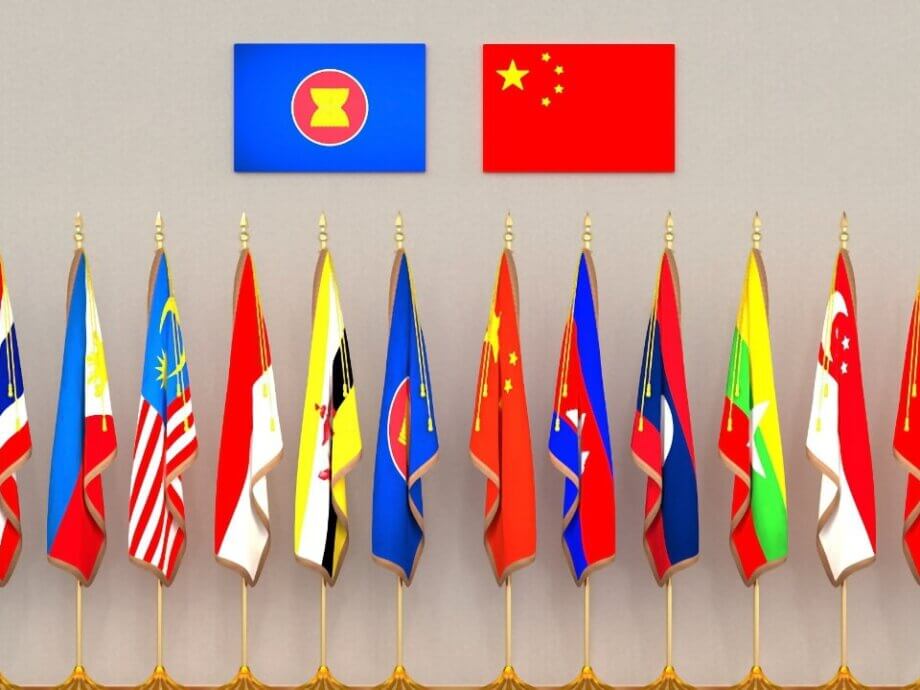China and ASEAN Finalize CAFTA 3.0: What Does It Mean for Regional Trade?
China and the Association of Southeast Asian Nations (ASEAN) have completed negotiations on the upgraded China-ASEAN Free Trade Area, known as CAFTA 3.0. This milestone, announced by China’s Ministry of Commerce on May 20, 2025, marks a significant step in deepening economic ties and promoting multilateralism amid a global climate of rising protectionism and trade tensions.
CAFTA 3.0 is the latest evolution of a partnership that began in 2010 and was previously upgraded in 2019. The new agreement introduces nine additional chapters, expanding cooperation into emerging sectors such as the digital economy, green economy, and supply chain connectivity. The formal signing of the protocol is expected before the end of the year, setting the stage for a new era of regional integration.
Why Is CAFTA 3.0 Significant?
The completion of CAFTA 3.0 negotiations comes at a time when global trade is under pressure from escalating tariff wars and unilateral trade restrictions, particularly between the United States and China. In this context, the agreement is seen as a strong statement in favor of open markets and multilateral cooperation.
Dino Patti Djalal, former vice-minister of foreign affairs of Indonesia, described the development as “a huge development in terms of global economic cooperation.” He emphasized that the agreement demonstrates how China and ASEAN can work together to counteract protectionist trends and set an example for the world.
China has been ASEAN’s largest trading partner for 16 consecutive years, while ASEAN has been China’s biggest trading partner for the past five years. In the first quarter of 2025 alone, bilateral trade reached $234 billion. The upgraded agreement is expected to further boost these figures by reducing barriers and fostering new areas of collaboration.
What’s New in CAFTA 3.0?
CAFTA 3.0 goes beyond traditional tariff reductions. The nine new chapters address:
- Digital economy: Harmonizing e-commerce regulations and promoting artificial intelligence collaboration.
- Green economy: Supporting renewable energy, electric vehicles, and sustainable development.
- Supply chain connectivity: Enhancing the integration and resilience of regional production networks.
Mohamed Iqbal Rawther, chairman of the Economic Club of Kuala Lumpur and deputy chairman of the China-ASEAN Business Association, highlighted the digital economy as a particularly promising sector. With Southeast Asia’s internet industry booming, initiatives under CAFTA 3.0 could unlock significant growth potential.
Chheang Vannarith, director of the China-ASEAN Studies Center in Cambodia, noted that the negotiations were conducted in a spirit of mutual interest, aiming to deepen integration and connectivity. He stressed the importance of harmonizing standards, improving customs procedures, and strengthening institutional capacity to fully realize the benefits of the agreement.
Regional and Global Implications
The conclusion of CAFTA 3.0 negotiations is not just a regional event—it has global significance. As the world’s largest free trade area by population, China and ASEAN together account for a quarter of the global population and one-fifth of global GDP. Their commitment to multilateralism stands in contrast to the growing trend of unilateralism and protectionism elsewhere.
According to a statement from China’s Ministry of Commerce, the agreement “injects greater certainty into regional and global trade and plays a leading and exemplary role for countries to adhere to openness, inclusiveness and win-win cooperation.”
The agreement also aligns with broader efforts in the region, such as the Regional Comprehensive Economic Partnership (RCEP), to strengthen economic integration and resilience. As global supply chains face disruptions from tariffs and geopolitical tensions, CAFTA 3.0 is expected to help stabilize trade flows and support economic growth.
Challenges and Next Steps
While the agreement is ambitious, challenges remain. There are disparities in digital infrastructure and regulatory frameworks among ASEAN countries, and bridging the “digital divide” will require sustained effort. Harmonizing standards, improving customs procedures, and ensuring effective implementation are critical for the success of CAFTA 3.0.
To address these issues, organizations such as the Economic Club of Kuala Lumpur plan to hold workshops for small and medium-sized enterprises, develop digital tools for guidance, and foster public-private partnerships. Financial support for green technology investment and knowledge sharing will also be prioritized.
In Summary
- China and ASEAN have completed negotiations on CAFTA 3.0, upgrading their free trade agreement with new chapters on digital and green economies.
- The agreement is a strong endorsement of multilateralism and open trade amid global protectionism and tariff wars.
- CAFTA 3.0 aims to deepen economic integration, enhance supply chain connectivity, and promote sustainable development in the region.
- Challenges remain in harmonizing standards and bridging digital divides, but the agreement sets a blueprint for Asia’s economic future.
- The formal signing of CAFTA 3.0 is expected by the end of 2025, with significant implications for regional and global trade stability.












